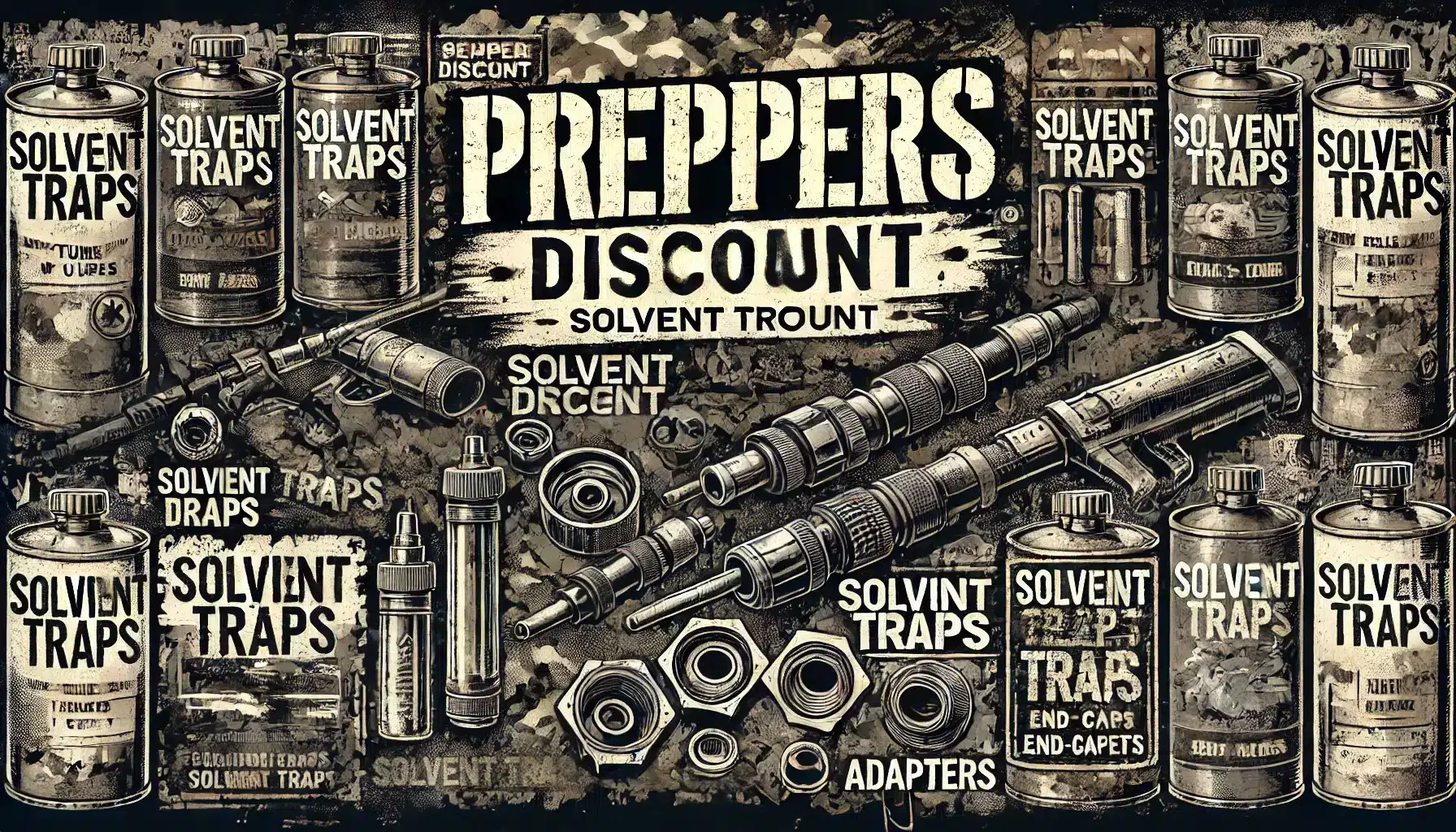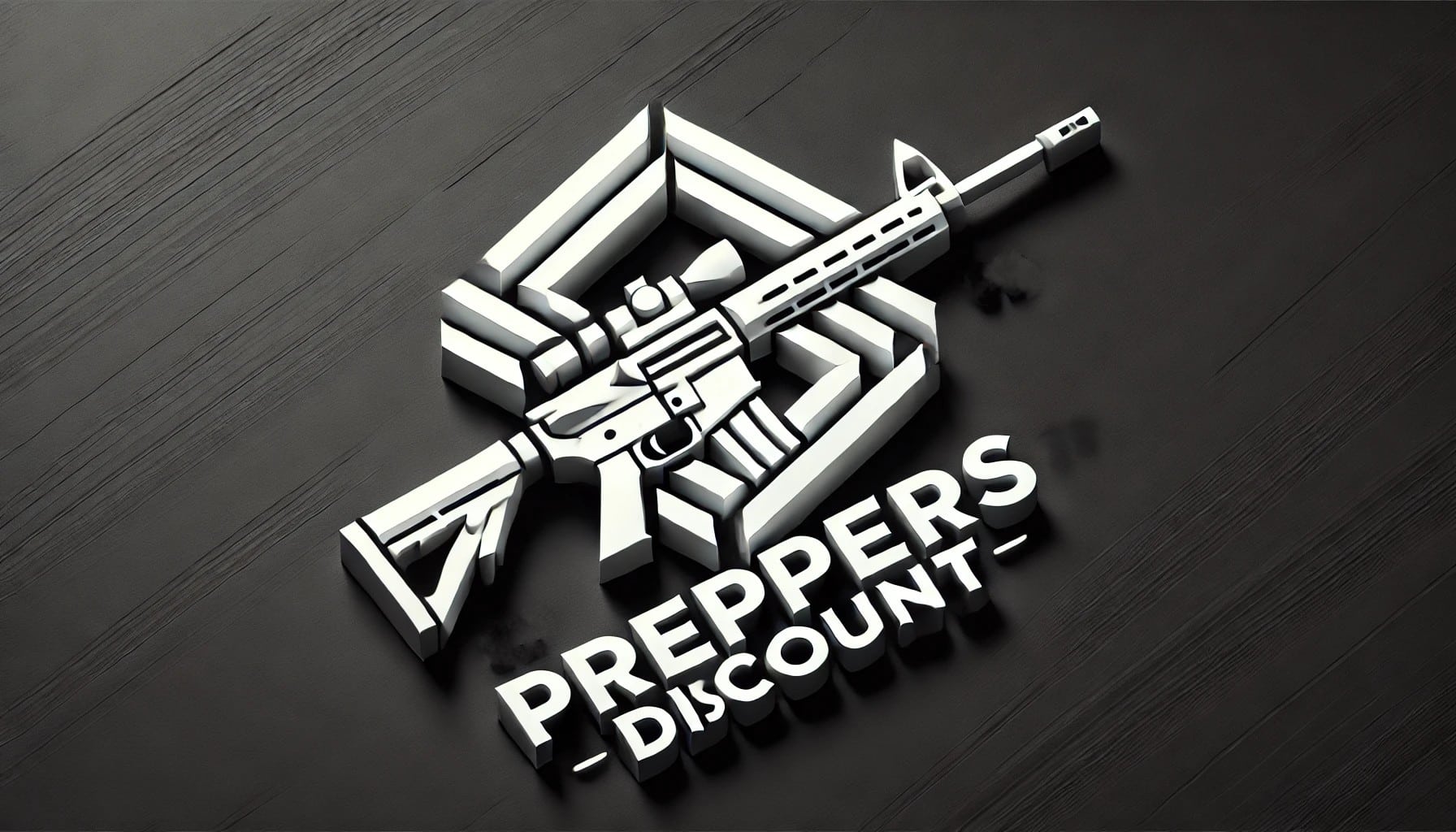The Ultimate Guide to First Aid and Medical Preparedness

Introduction to Medical Preparedness
In any survival situation, from natural disasters to unexpected emergencies, having a well-prepared medical kit can be the difference between life and death. Medical preparedness is about more than just having a basic first aid kit; it’s about understanding how to use those supplies effectively and being ready for any medical scenario that might arise.
This guide will walk you through the essentials of medical preparedness, from building a comprehensive first aid kit to learning vital skills that could save a life. Whether you’re new to prepping or looking to enhance your emergency medical supplies, this guide will provide the knowledge and tools you need.
Essential Components of a First Aid Kit
Your first aid kit should be tailored to your specific needs, but every kit should include certain essentials. Here’s what to consider when building your first aid kit:
1. Basic Supplies
These are the core items that should be in every first aid kit:
- **Bandages**: Various sizes, including adhesive bandages, gauze pads, and rolled gauze.
- **Antiseptics**: Alcohol wipes, hydrogen peroxide, iodine, or antibiotic ointment to clean wounds.
- **Medical Tape**: For securing bandages and gauze.
- **Scissors and Tweezers**: For cutting tape, clothing, and removing debris from wounds.
- **Thermometer**: A digital or mercury thermometer for checking body temperature.
2. Medications
Ensure you have a supply of common medications, including:
- **Pain Relievers**: Ibuprofen, aspirin, or acetaminophen.
- **Antihistamines**: For allergic reactions.
- **Antibiotics**: Prescription antibiotics for treating infections.
- **Antacids**: For digestive issues.
- **Hydrocortisone Cream**: For rashes and insect bites.
3. Tools and Instruments
These items can assist in more serious medical situations:
- **CPR Mask**: For safe mouth-to-mouth resuscitation.
- **Suture Kit**: For closing wounds if medical help is not available.
- **Tourniquet**: For controlling severe bleeding.
- **Tourniquet**: For controlling severe bleeding.
- **Splint**: For stabilizing fractures and sprains.
- **Sterile Gloves**: For protecting both the patient and the caregiver during treatment.
4. Personal Protective Equipment (PPE)
PPE is crucial for protecting yourself and others during medical emergencies, especially when dealing with infectious diseases or hazardous materials:
- **Face Masks**: N95 respirators or surgical masks for respiratory protection.
- **Eye Protection**: Safety goggles or face shields.
- **Disposable Gloves**: Nitrile or latex gloves for handling patients or hazardous materials.
- **Hand Sanitizer**: Alcohol-based hand sanitizer for disinfecting hands when soap and water are unavailable.
Building a Comprehensive Medical Kit
Beyond the basics, a comprehensive medical kit should include advanced supplies and be organized for quick access in emergencies:
1. Advanced Supplies
- **Burn Treatment**: Burn dressings, aloe vera gel, and burn ointments.
- **Trauma Kit**: Hemostatic agents, chest seals, and emergency blankets.
- **Prescription Medications**: Ensure you have a sufficient supply of any medications you or your family members regularly take.
- **Dental Kit**: Temporary fillings, dental wax, and oral antiseptics for dental emergencies.
- **Eye Care**: Saline solution, eye wash, and eye pads.
2. Organizing Your Medical Supplies
Proper organization is essential to ensure you can quickly find what you need during an emergency:
- **Labeling**: Clearly label all compartments and containers.
- **Categorization**: Group similar items together, such as wound care, medications, and tools.
- **Quick Access**: Place the most frequently used items in easily accessible locations.
- **Waterproof Containers**: Store your medical supplies in waterproof and durable containers to protect them from the elements.
Medical Training and Skills
Having the right supplies is only part of the equation. Knowing how to use them effectively is just as important:
1. Basic First Aid Skills
Every prepper should have a basic understanding of first aid, including:
- **CPR**: Cardiopulmonary resuscitation for reviving someone in cardiac arrest.
- **Wound Care**: Cleaning, dressing, and managing wounds to prevent infection.
- **Burn Treatment**: Recognizing different burn degrees and applying appropriate treatments.
- **Fracture Management**: Splinting and immobilizing broken bones.
2. Advanced Medical Training
Consider pursuing advanced medical training, especially if you’re responsible for others:
- **Trauma Care**: Managing severe injuries, such as gunshot wounds or deep lacerations.
- **Wilderness First Aid**: Specialized training for medical emergencies in remote areas.
- **Emergency Childbirth**: Knowledge of handling childbirth in emergency situations.
- **Online Courses and Certifications**: Many reputable organizations offer online first aid and medical courses. Consider getting certified in CPR, first aid, and other essential skills.
Handling Common Medical Emergencies
Being prepared for the most common medical emergencies is critical for survival:
1. Cuts, Scrapes, and Puncture Wounds
Basic wound care is essential to prevent infection and promote healing:
- **Cleaning the Wound**: Use antiseptics and clean water to thoroughly cleanse the area.
- **Dressing the Wound**: Apply antibiotic ointment and cover with a sterile bandage or gauze.
- **Monitoring for Infection**: Watch for signs of infection, such as redness, swelling, or pus.
2. Burns and Fire-Related Injuries
Burns can range from mild to life-threatening:
- **First-Degree Burns**: Treat with cool water, aloe vera, and loose dressing.
- **Second-Degree Burns**: Use burn ointments, dressings, and seek medical attention.
- **Third-Degree Burns**: Cover the area with a sterile dressing and seek emergency medical care immediately.
3. Fractures and Dislocations
Proper management of fractures and dislocations is crucial to prevent further injury:
- **Immobilization**: Use a splint or improvised materials to stabilize the injury.
- **Elevation**: Keep the injured limb elevated to reduce swelling.
- **Seek Medical Help**: While you can provide initial care, professional medical attention is usually required.
4. Allergic Reactions and Anaphylaxis
Allergic reactions can escalate quickly, making it vital to respond immediately:
- **Antihistamines**: Administer antihistamines at the first sign of an allergic reaction.
- **Epinephrine Auto-Injector (EpiPen)**: Use for severe allergic reactions or anaphylaxis, and seek emergency medical care immediately.
Dealing with Severe Medical Emergencies
Severe medical emergencies require prompt action and advanced care:
1. Managing Shock and Severe Bleeding
- **Control Bleeding**: Apply pressure to the wound, use a tourniquet if necessary, and keep the patient calm.
- **Treat for Shock**: Lay the person down, keep them warm, and elevate their legs.
- **Seek Immediate Medical Help**: Severe bleeding and shock are life-threatening and require professional medical intervention.
2. Recognizing and Treating Heart Attacks and Strokes
Knowing the signs of a heart attack or stroke can save lives:
- **Heart Attack**: Symptoms include chest pain, shortness of breath, and nausea. Administer aspirin and call for emergency services immediately.
- **Stroke**: Look for FAST symptoms (Face drooping, Arm weakness, Speech difficulties, Time to call emergency services). Immediate medical intervention is critical.
3. Handling Respiratory Emergencies
- **Asthma Attacks**: Administer a rescue inhaler and monitor the person until they can breathe easily.
- **Choking**: Perform the Heimlich maneuver or abdominal thrusts to dislodge the object.
- **Respiratory Failure**: Provide rescue breathing and seek emergency help immediately.
4. Dealing with Hypothermia and Hyperthermia
Temperature-related emergencies can quickly become life-threatening:
- **Hypothermia**: Gradually warm the person, remove wet clothing, and provide warm fluids.
- **Hyperthermia**: Move the person to a cooler environment, hydrate, and apply cool compresses.
Storing and Maintaining Your Medical Supplies
To ensure your medical supplies are always ready to use, proper storage and regular maintenance are essential:
1. Proper Storage Conditions
- **Temperature Control**: Store medications and supplies in a cool, dry place away from direct sunlight.
- **Avoid Humidity**: Keep supplies in a dry area to prevent mold, mildew, and degradation.
- **Childproofing**: Store hazardous items out of reach of children.
2. Regularly Checking and Updating Your First Aid Kit
Keeping your first aid kit up to date is crucial for its effectiveness:
- **Check Expiration Dates**: Regularly inspect medications and other perishable items for expiration.
- **Restock Used Items**: After using supplies, replenish your kit as soon as possible.
- **Seasonal Adjustments**: Adjust your kit for seasonal needs, such as adding insect repellent in summer or cold weather gear in winter.
3. Keeping Records of Supplies
Maintain an inventory of your medical supplies to ensure nothing is overlooked:
- **Inventory List**: Keep a list of all items in your kit, noting their quantities and expiration dates.
- **Digital Records**: Consider keeping a digital record that can be easily updated and accessed.
- **Scheduled Checks**: Set a schedule for routine checks of your supplies to ensure everything is in order.
Medical Preparedness for Special Situations
Different scenarios require specific medical preparations, especially for vulnerable populations:
1. Medical Considerations for Children, Elderly, and Special Needs
- **Children**: Include pediatric medications, child-sized masks, and comfort items.
- **Elderly**: Ensure you have extra prescription medications, mobility aids, and supplies for managing chronic conditions.
- **Special Needs**: Tailor your kit to include necessary items like hearing aids, insulin, or other specialized equipment.
2. Preparing for Pandemics and Infectious Diseases
- **Pandemic Supplies**: Stock up on masks, hand sanitizers, disinfectants, and fever-reducing medications.
- **Quarantine Measures**: Plan for isolation or quarantine spaces if needed.
- **Vaccination Records**: Keep up-to-date vaccination records for all family members.
3. Handling Long-Term Care in Survival Situations
- **Chronic Conditions**: Ensure you have an ample supply of medications and a plan for ongoing care.
- **Palliative Care**: Consider the needs for comfort and care in situations where medical treatment may be limited.
- **Community Medical Plans**: Collaborate with neighbors or community groups to share resources and knowledge.
Conclusion: The Role of Medical Preparedness in Survival
Medical preparedness is a critical aspect of any survival plan. By building a comprehensive first aid kit, learning essential medical skills, and staying informed, you can be ready to handle any medical emergency that comes your way.
Take immediate steps to assess your current medical supplies, update your kit, and consider enrolling in medical training courses. Preparedness is not just about having the right tools—it’s about knowing how to use them effectively.
Stay safe, stay prepared, and ensure that you and your loved ones are ready for whatever challenges lie ahead.
Chapter 5: The First Test
Jake had spent weeks meticulously assembling his first aid kit, gathering supplies and learning basic medical skills. He felt confident, prepared for whatever might come his way. But when his neighbor, Mrs. Jenkins, collapsed in the hallway, Jake’s preparation was put to the test.
His hands shook as he reached for the CPR mask, a tool he had practiced with countless times but never used in a real-life scenario. The minutes felt like hours as he performed chest compressions, the rhythmic count echoing in his mind. When the paramedics finally arrived, Jake stepped back, his heart pounding as he watched them take over.
Chapter 6: A New Resolve
The incident with Mrs. Jenkins shook Jake more than he expected. Though the paramedics assured him he did everything right, he couldn’t shake the feeling that he needed to do more. That night, he sat down with his medical supplies, reassessing and reorganizing with a new sense of urgency.
Jake signed up for an advanced first aid course the next day. He knew that the world was changing fast, and being prepared meant more than just having the right tools—it meant having the knowledge and confidence to use them when it mattered most.
As Jake delved deeper into his training, he felt a growing sense of purpose. He wasn’t just preparing for himself anymore; he was preparing to help others. And in a world that was becoming increasingly uncertain, that was a responsibility he was ready to embrace.
